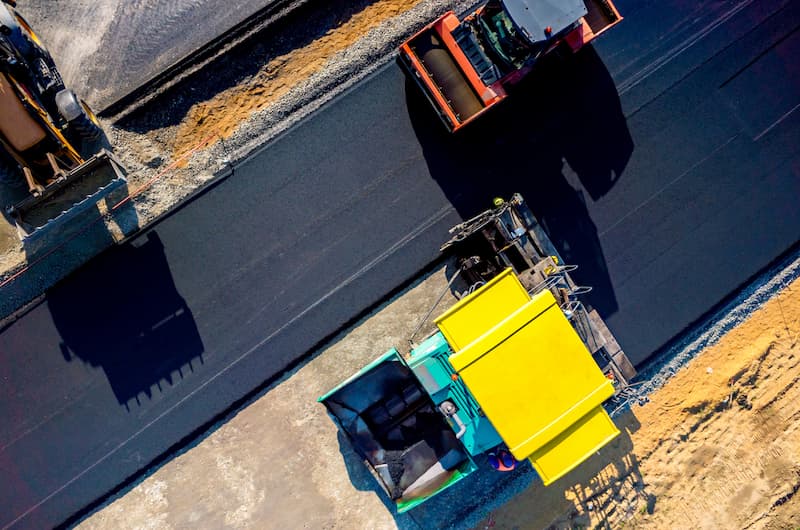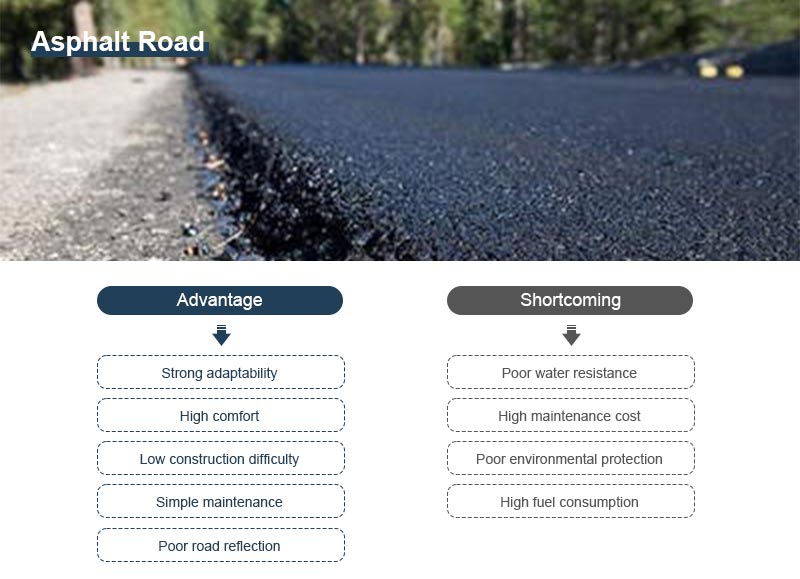Rumored Buzz on A1 Professional Asphalt & Sealing Llc
Rumored Buzz on A1 Professional Asphalt & Sealing Llc
Blog Article
Getting My A1 Professional Asphalt & Sealing Llc To Work
Table of ContentsA1 Professional Asphalt & Sealing Llc for DummiesFascination About A1 Professional Asphalt & Sealing LlcThe Buzz on A1 Professional Asphalt & Sealing LlcOur A1 Professional Asphalt & Sealing Llc DiariesAbout A1 Professional Asphalt & Sealing Llc

The oil in an automobile engine is not just oil. It includes a range of additives to boost the lorry's performance. These include polymers, viscosity modifiers, heat stabilizers, additional lubricating substances, and wear additives. The REOB has all the additives that remained in the waste oil in addition to the wear steels from the engine (generally iron and copper).
By making several blends using various REOB samples and various asphalt binders, the variations greatly can be balanced out. Several States gave samples of well-known REOB structure to TFHRC scientists, who assessed the samples to compare the percent of added (known) REOB to the discovered (examined) amount. The analyses showed an equivalent percentage of added and located REOB.
A1 Professional Asphalt & Sealing Llc for Beginners
They obtained an overwhelming reaction. The TFHRC researchers examined 1,532 examples from 40 States, one Canadian district, and two Federal Lands Freeway departments. They assessed each example twiceamounting to even more than 3,000 evaluations. None of those States recognized that the asphalt they were getting consisted of REOB. One State urged its examples had no REOB.
Of the 1,532 examples examined, 12 percent contained REOB, and some contained considerably high degrees of it at 1020 percent. The highest degree was 34 percent in an example from Texas, which TxDOT had made use of in a patching compound. This screening also revealed the existence of phosphoric acid in 11 percent of the samples, and 2 percent had ground tire rubber.
Two years earlier at TRB's annual conference, the Federal researchers held an REOB workshop and provided the findings of their lab assessments to a standing room-only group. Although some companies do not especially prohibit REOB, they do impose physical tests that prevent its useeffectively a restriction. a1 asphalt. Others do not prohibit it by requirements, yet have agreements with asphalt vendors to stay clear of making use of REOB
The Ultimate Guide To A1 Professional Asphalt & Sealing Llc
A handful do allow REOB, some within certain limits. Ohio and Texas limitation levels to much less than 5 percent of the asphalt. To establish a trusted test method that all States can make use of, the TFHRC scientists established a round-robin examination strategy. The participants are 11 State freeway firms (Illinois, Massachusetts, Minnesota, Mississippi, Montana, North Carolina, Oklahoma, South Carolina, Texas, Vermont, and Wyoming), 2 independent testing labs, the Ministry of Transportation in Ontario, Queen's College in Ontario, and an Ontario paving contractor.
The participants are checking the examples independently utilizing the guidelines supplied by the TFHRC scientists. The output will be a suggested AASHTO examination method that any type of State can take on and use.
The sidewalk with REOB, which is situated 0.6 mile (1 kilometer) from the pavement without REOB, has similar subgrade, website traffic density, and climate. The sector of Highway655 with 5 to 10 percent REOB revealed significant breaking. In this example, the presence of REOB was the determined root cause of splitting at a reduced temperature levels.
"In our experience in Canada, even little quantities of 23 percent can be blog an issue." Similarly, a section of test pavement in Minnesota (MN1-4) found to include REOB likewise split too soon. The sidewalk carried out well for the initial 3 to 4 years, yet then started to fracture. This pavement is additionally based on low temperatures.
The Main Principles Of A1 Professional Asphalt & Sealing Llc
The tests were not comprehensive, yet they showed that at levels of 6 percent or even more, the tensile strength of the asphalt went down significantly. At a level of 3.5 percent REOB, the variant in the physical test techniques was greater than the impact of REOB. In reality, it was tough for scientists to assess whether REOB was present.

One binder parameter considered is the distinction in between the low temperature important spec temperature for tightness (S) in the bending light beam rheometer and the flexing beam of light rheometer creep slope (m-value) kept in mind as Tcritical. TC = TC (S) TC (m-value). Analysis of this parameter is still ongoing. 2 independent research teams, one from AASHTO and the various other from the Asphalt Institute, ended that more study is required on making use of REOB in asphalt.
Previously, all asphalt screening determined design residential or commercial properties such as rigidity. These tests do not reveal what materials had been included in the asphalt. One sample received throughout the TFHRC research study had a really weird evaluation. The sample had the complying with examination results: Superpave PG 64-28 with a heat quality of 67.3 Tcritical on the bending light beam rheometer was 6.7 degrees Celsius.

What Does A1 Professional Asphalt & Sealing Llc Mean?
These outcomes demonstrate there are weaknesses in the standard design screening procedures that might be exploited. The producer might have an economic advantage and the product passes all the standardized examinations, but the product might not be useful to making certain long-term performance. To address this concern and the development of new asphalt ingredients and extenders, TFHRC is beginning a study program to use handheld spectroscopic gadgets, x-ray fluorescence spectroscopy, and Fourier transform infrared spectroscopy to allow analyses to be carried out in the field instead of having to take samples back to the lab.
Report this page